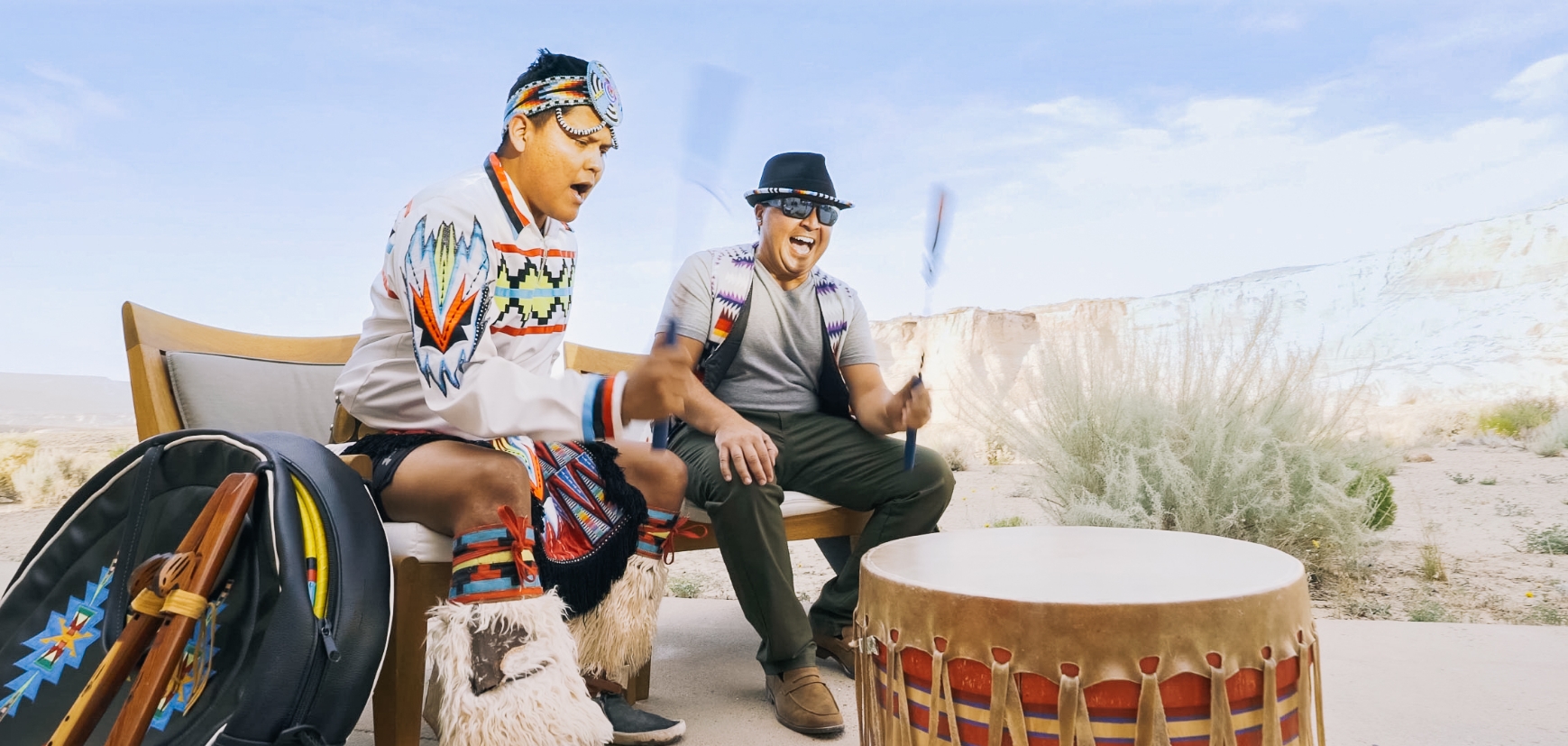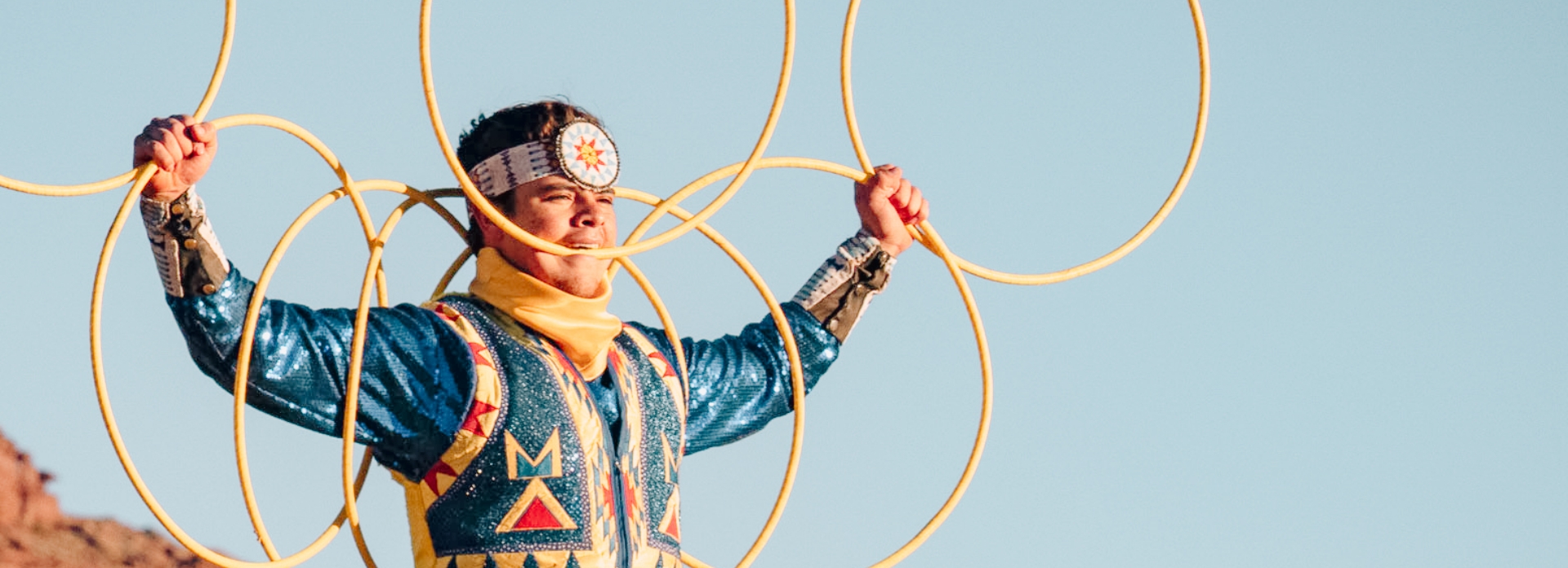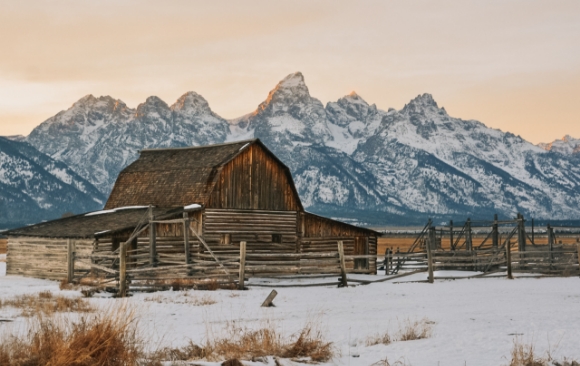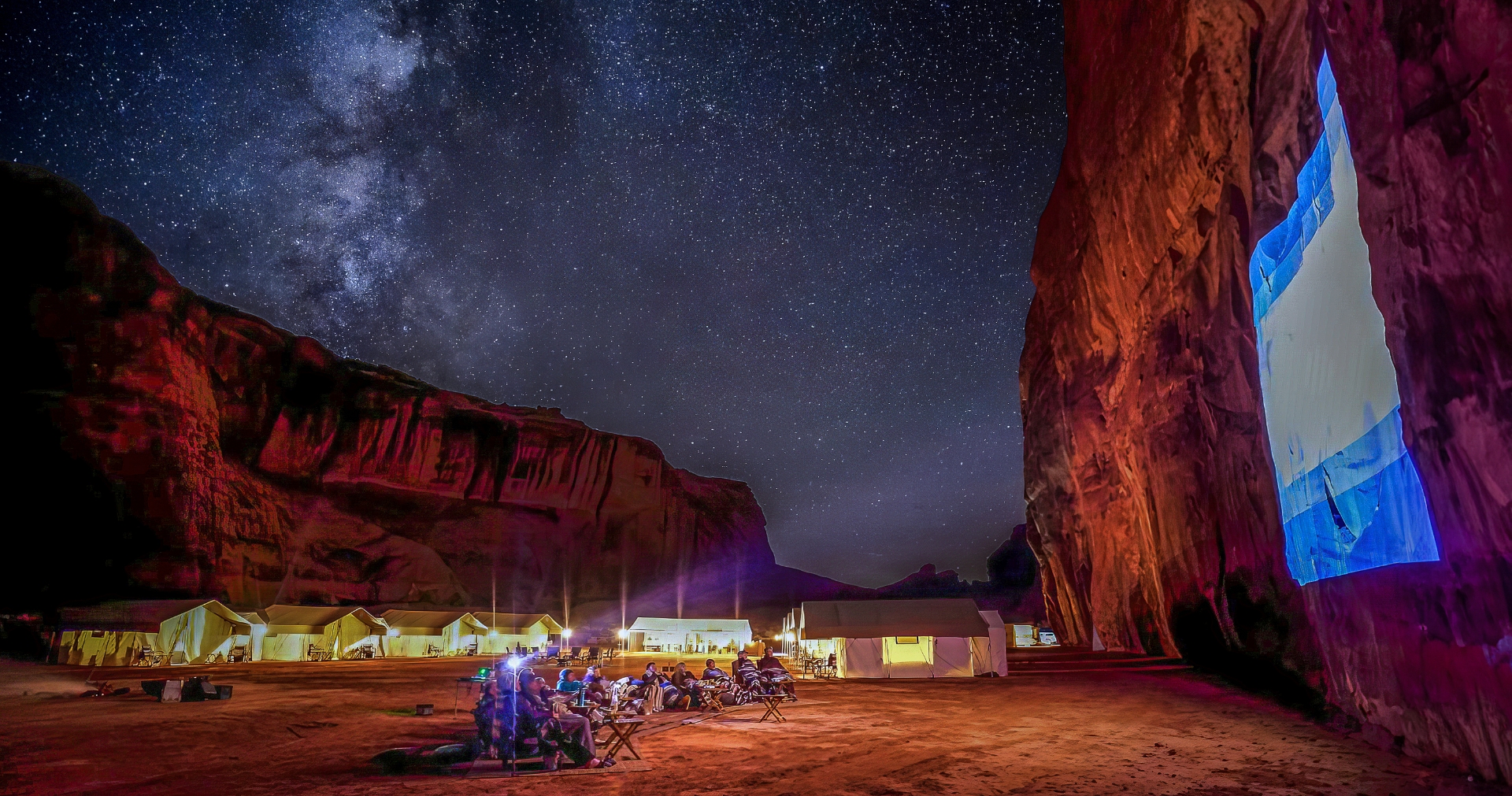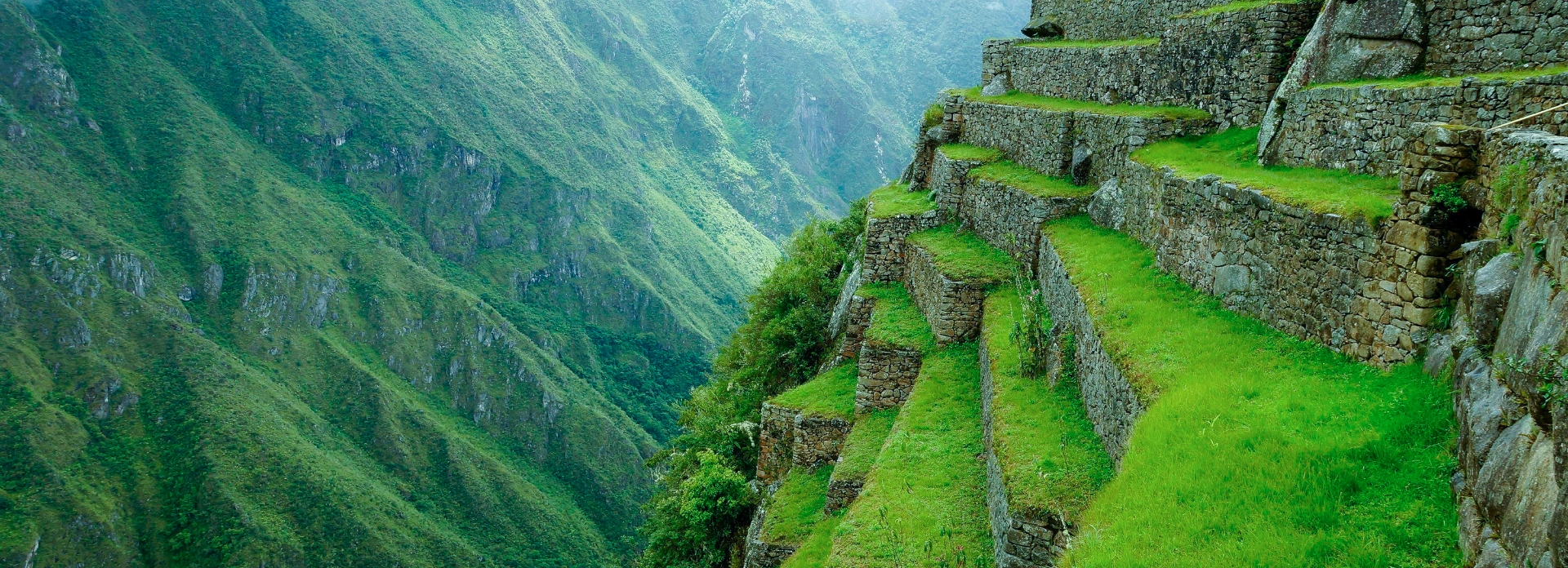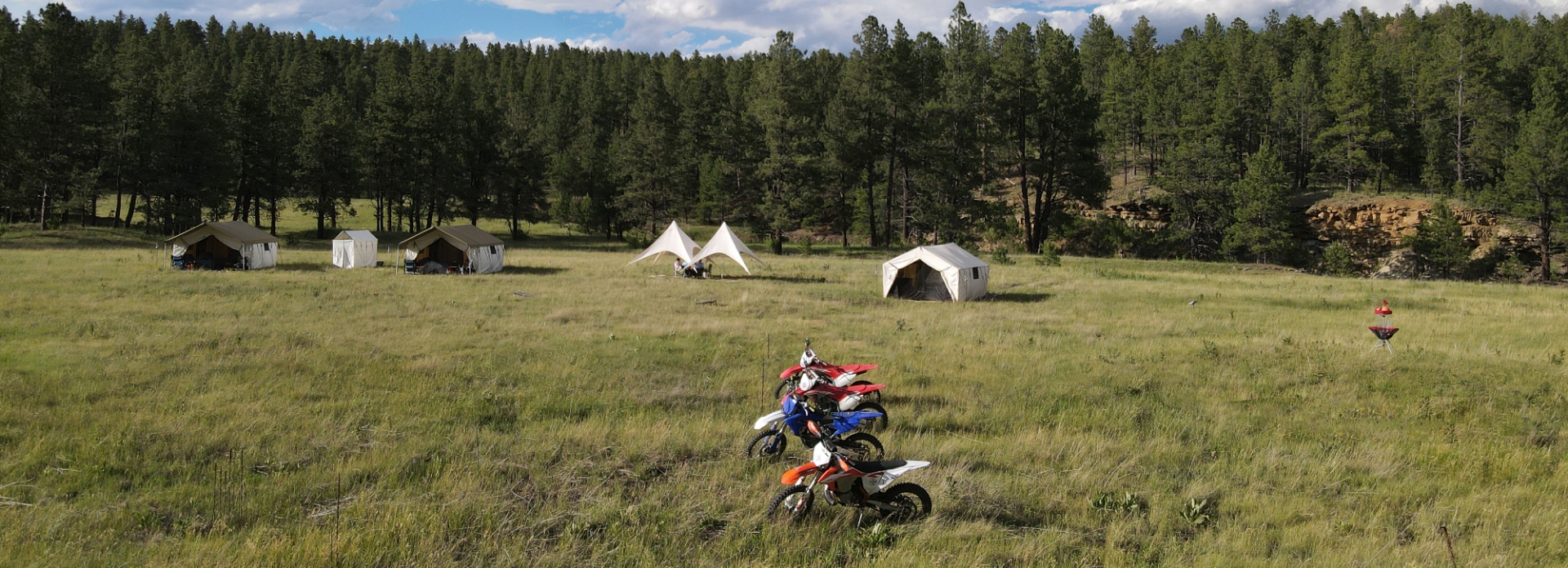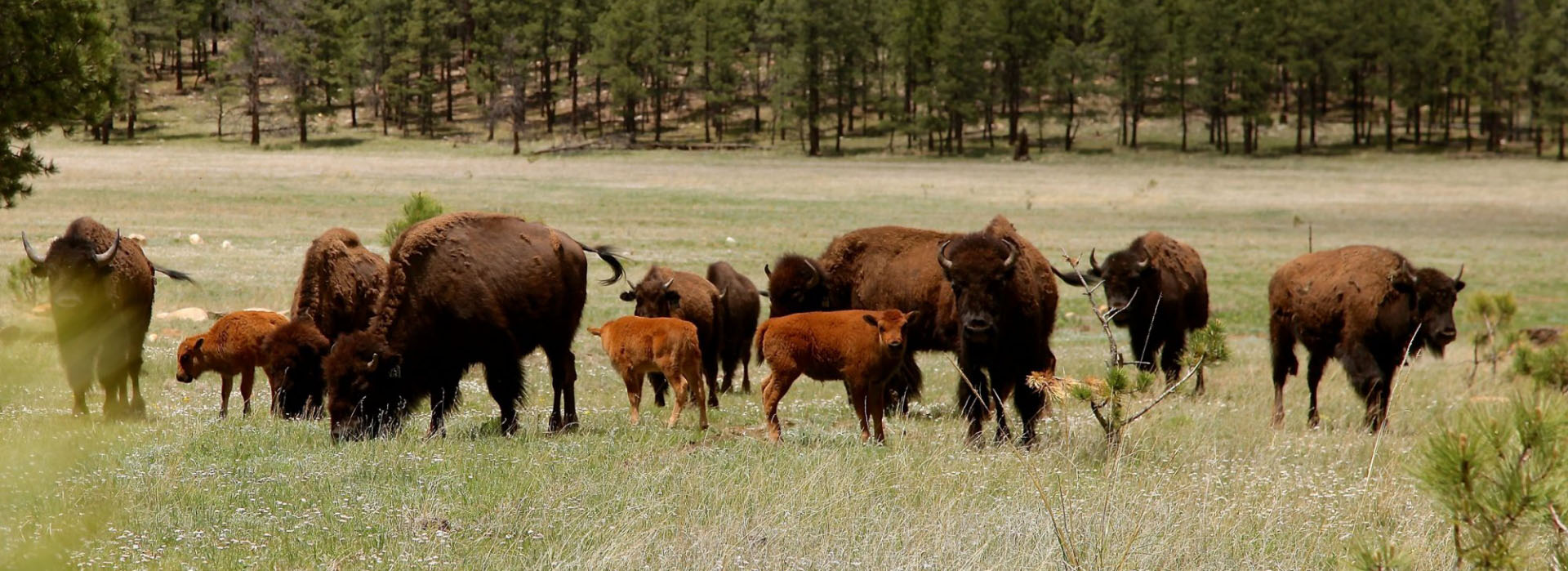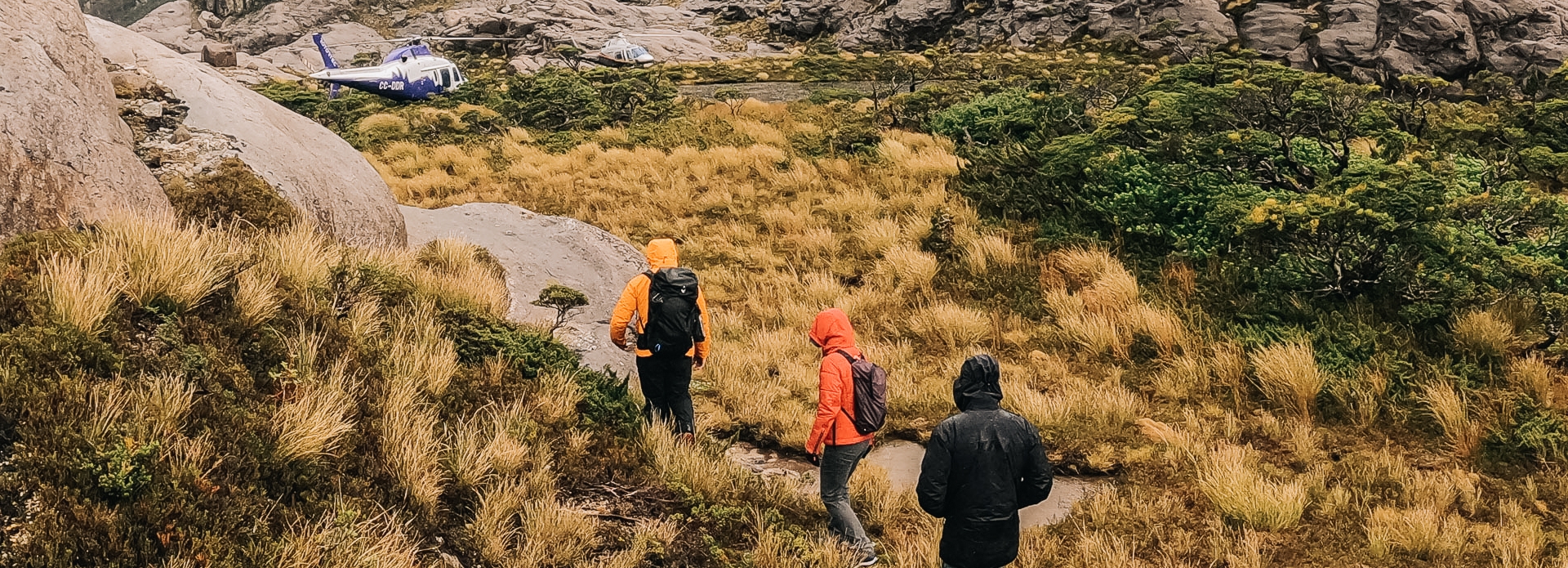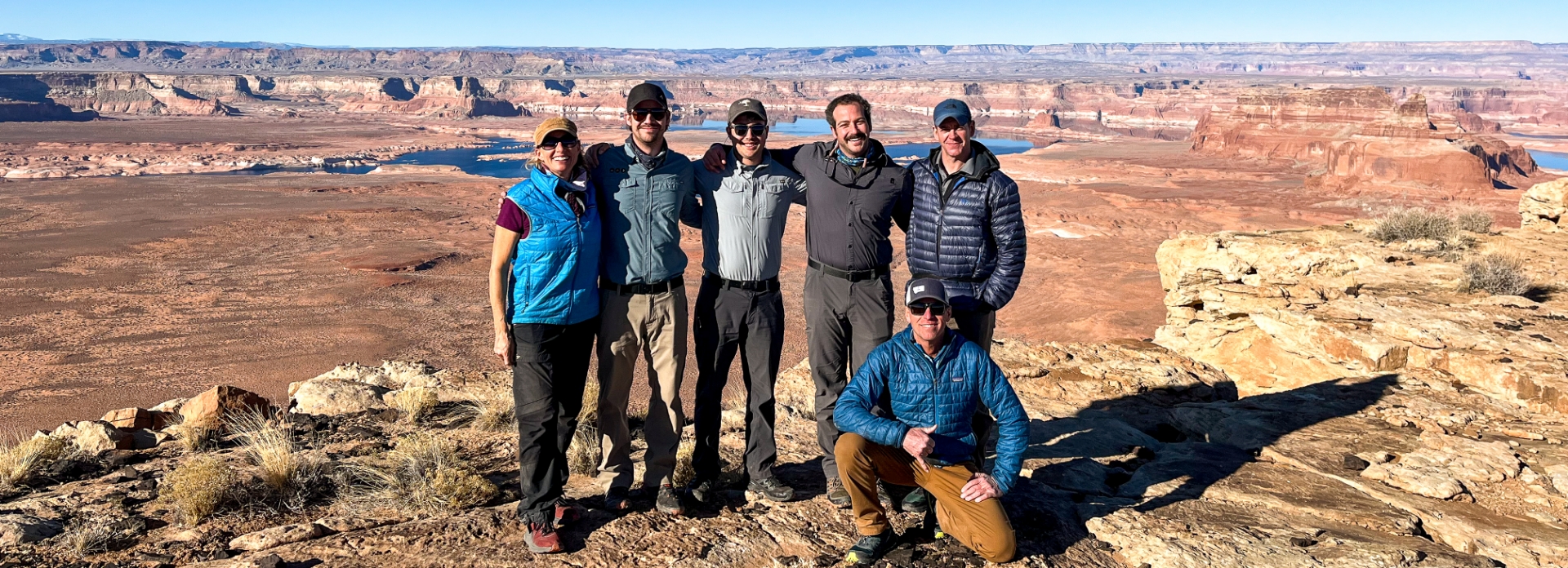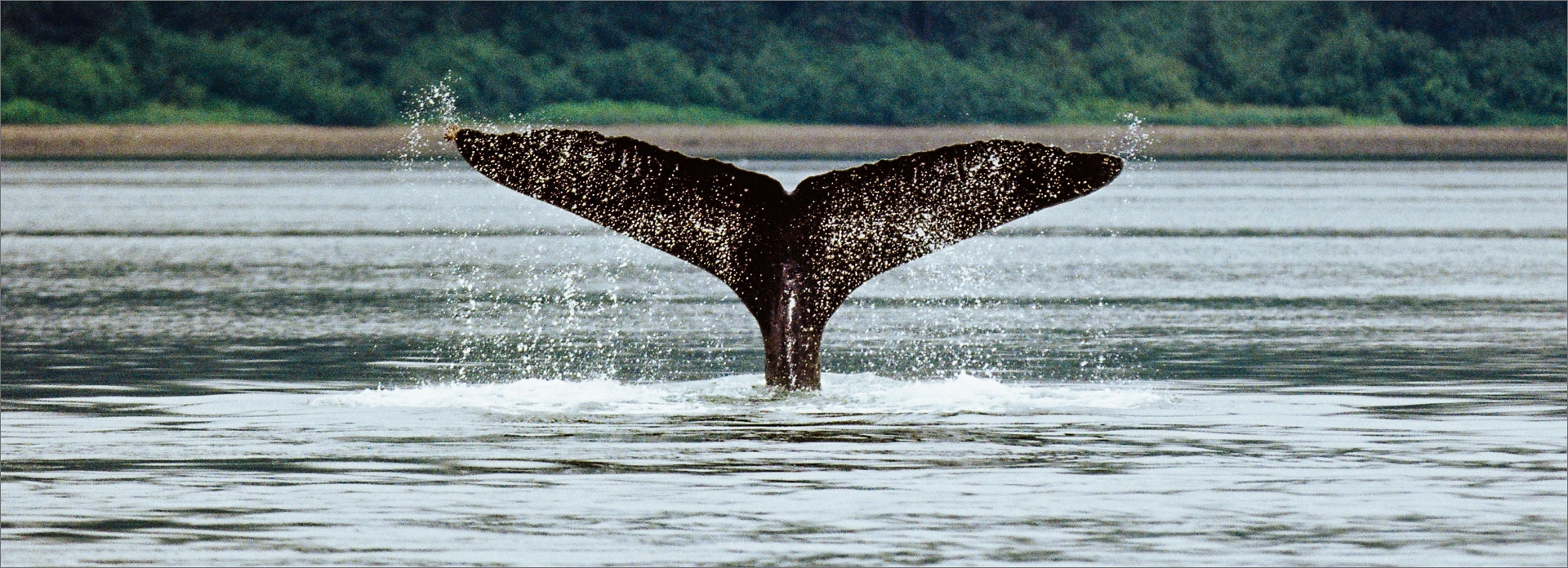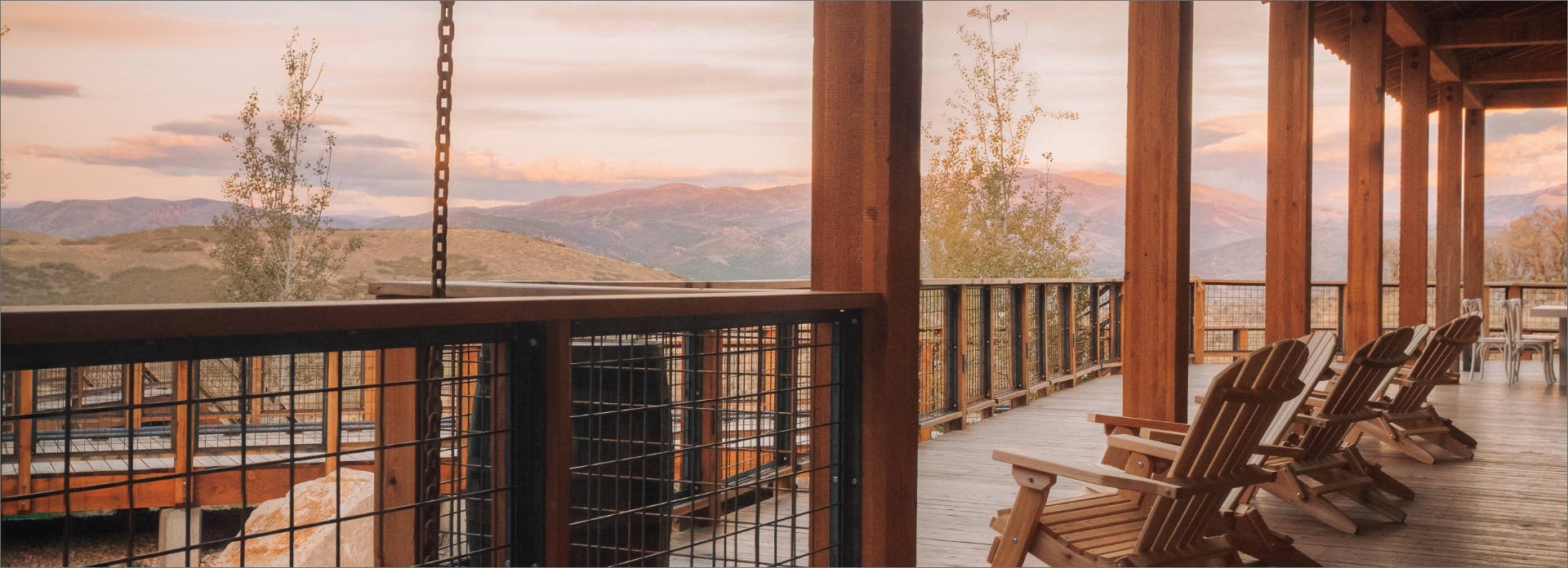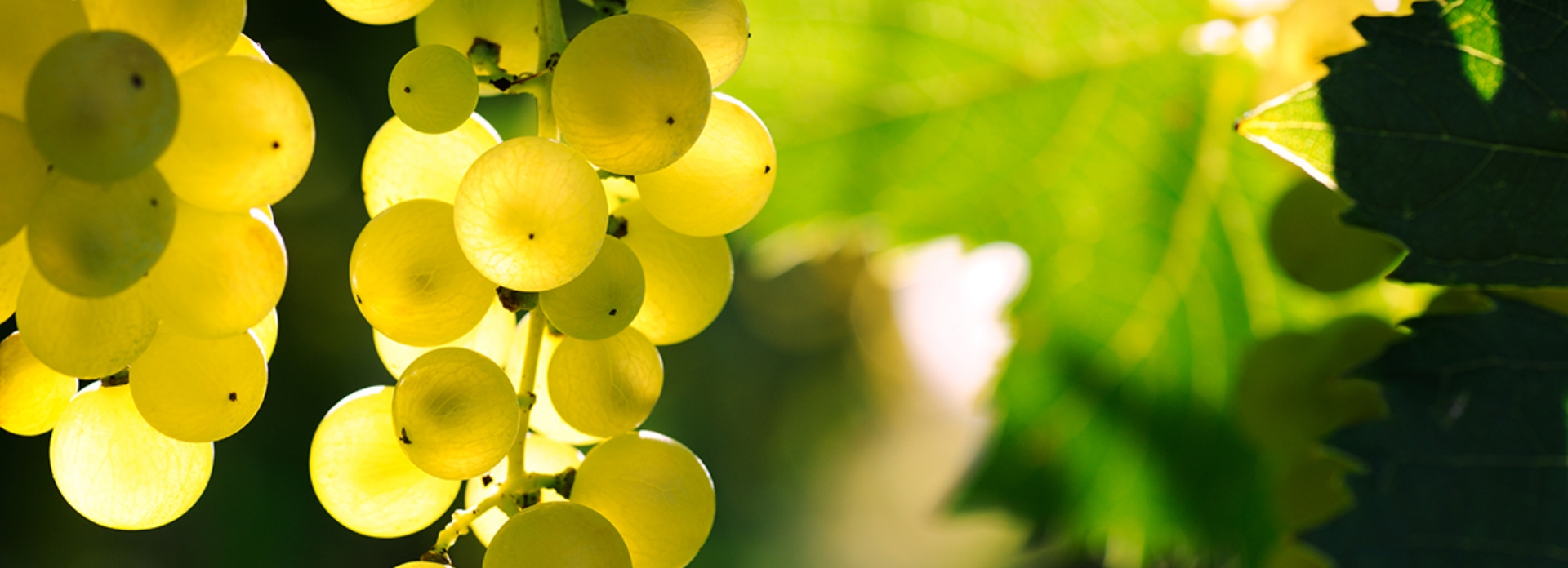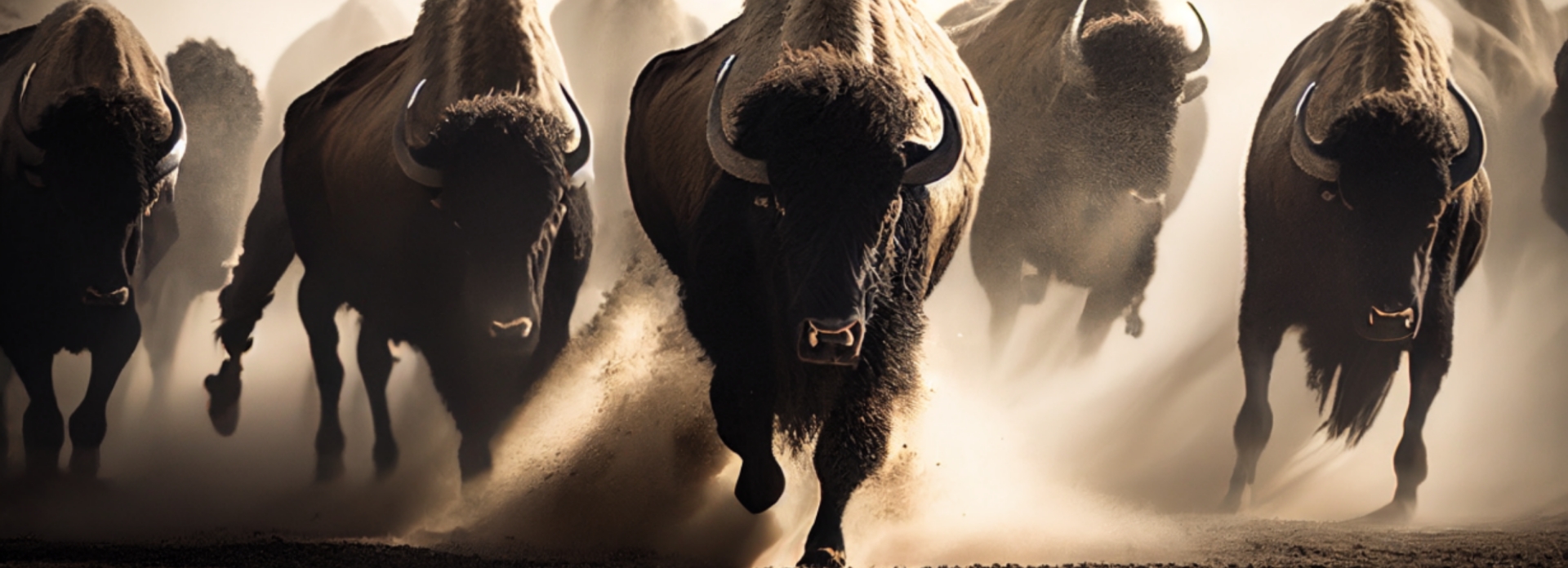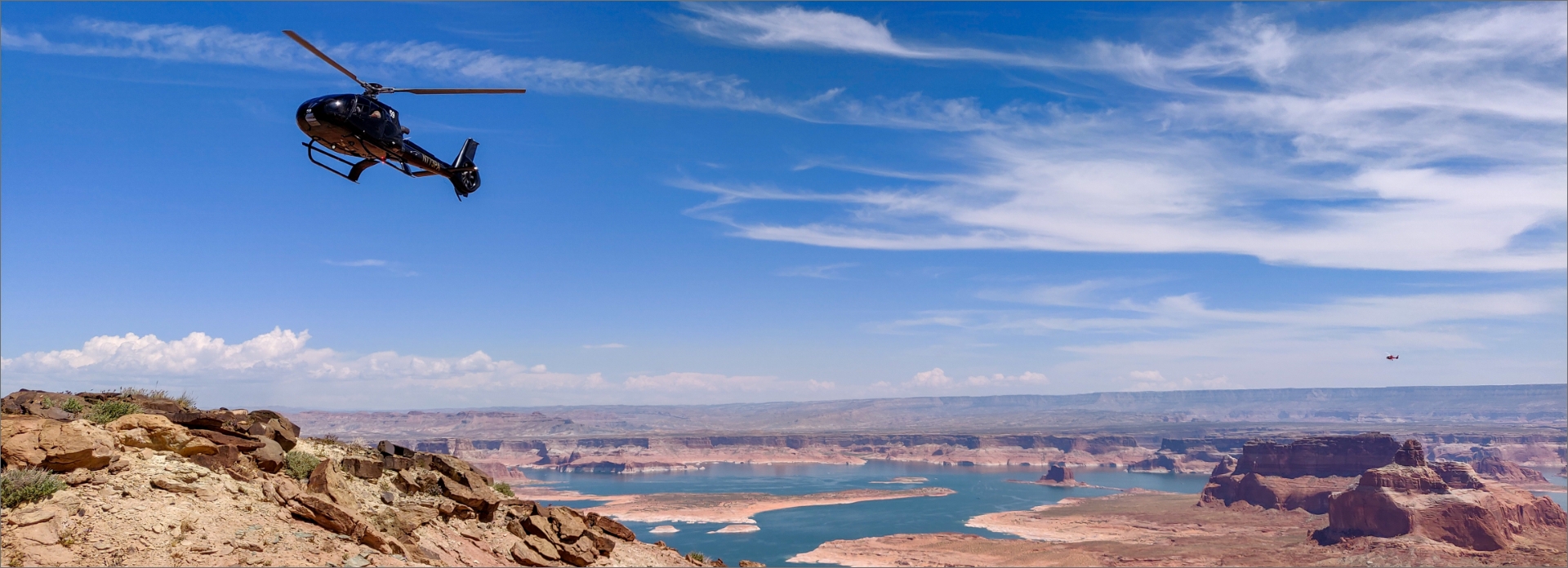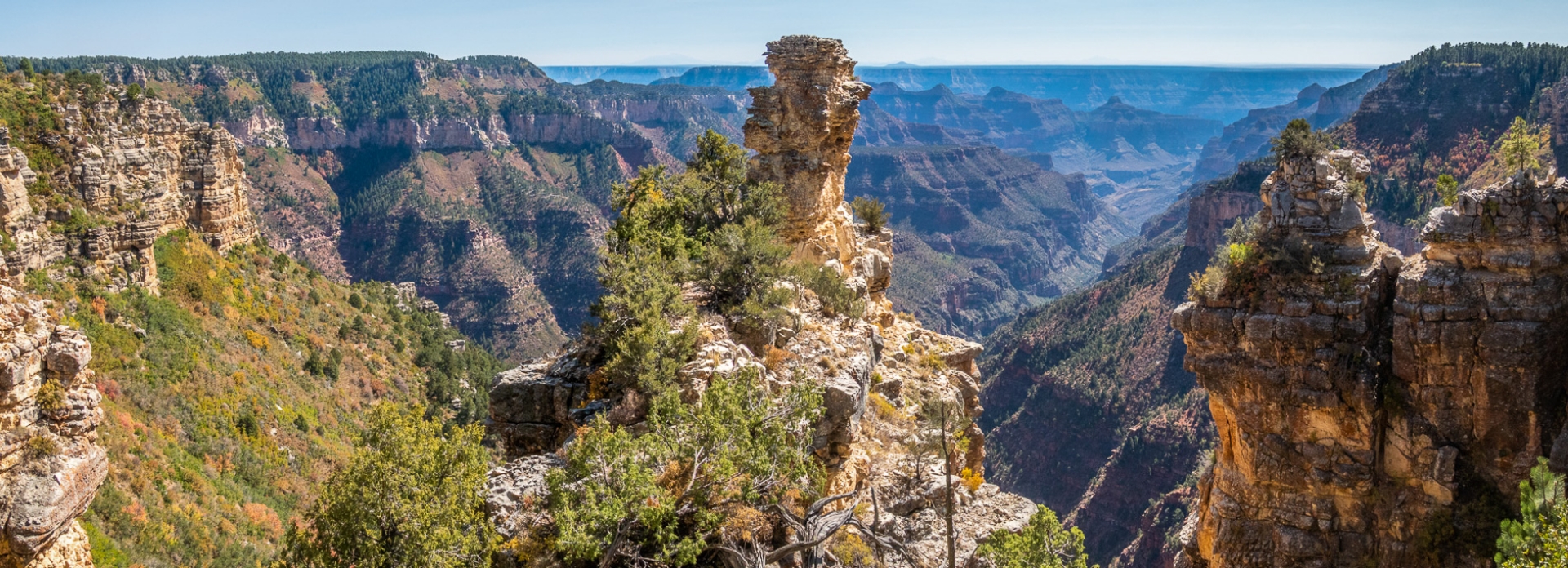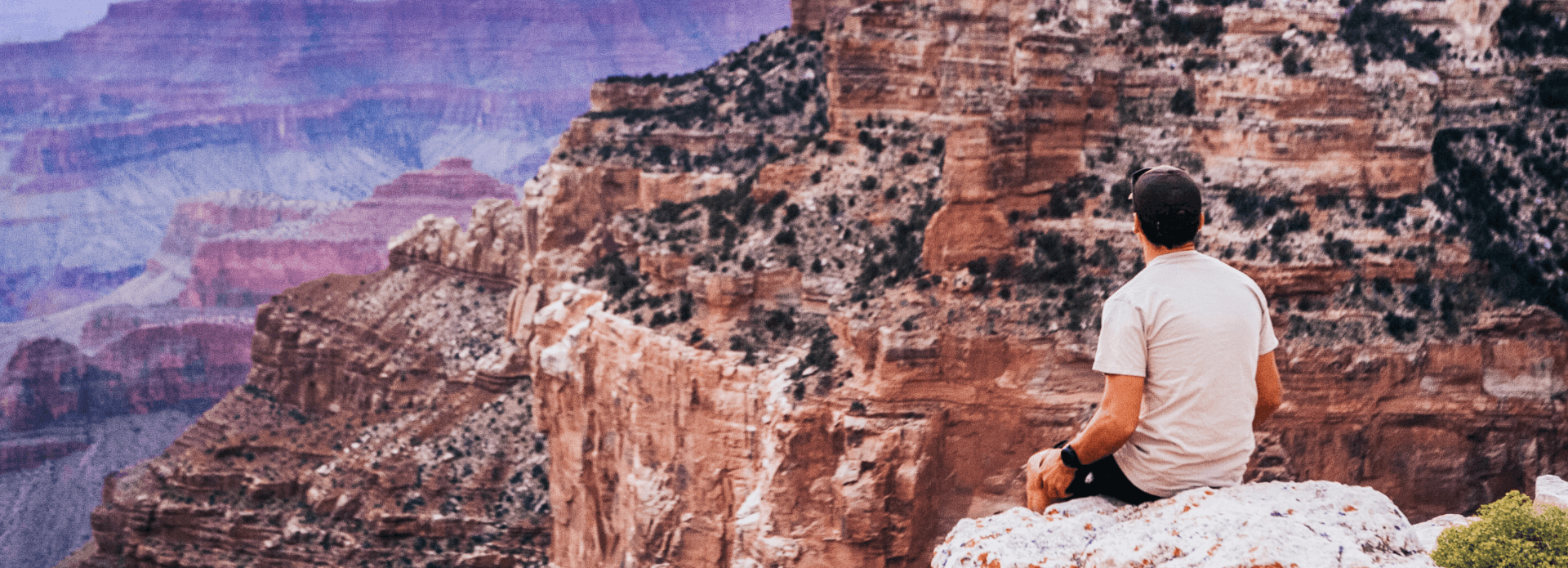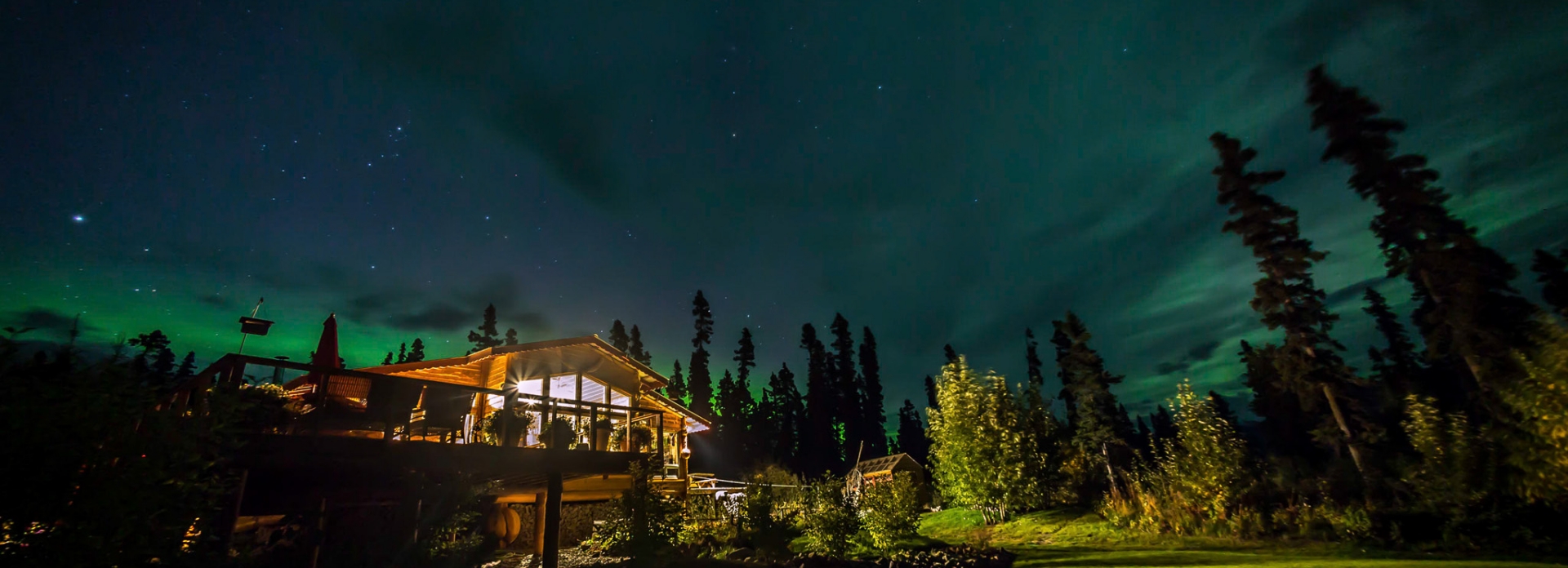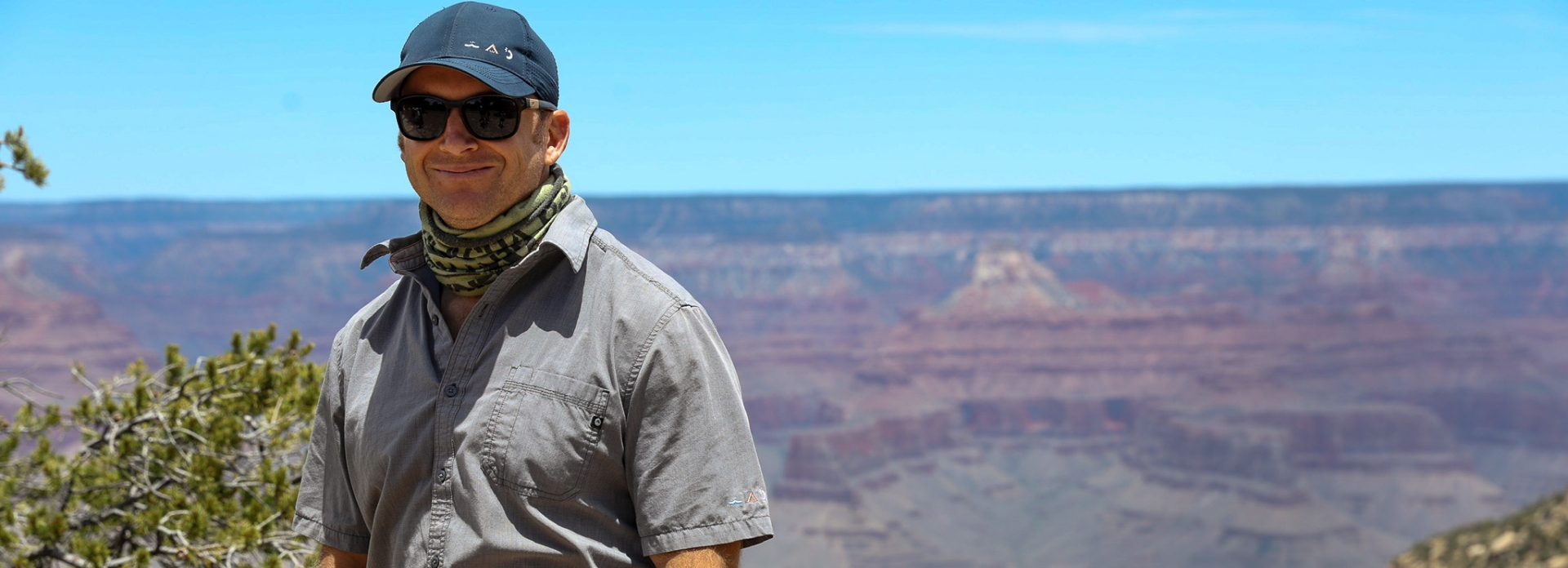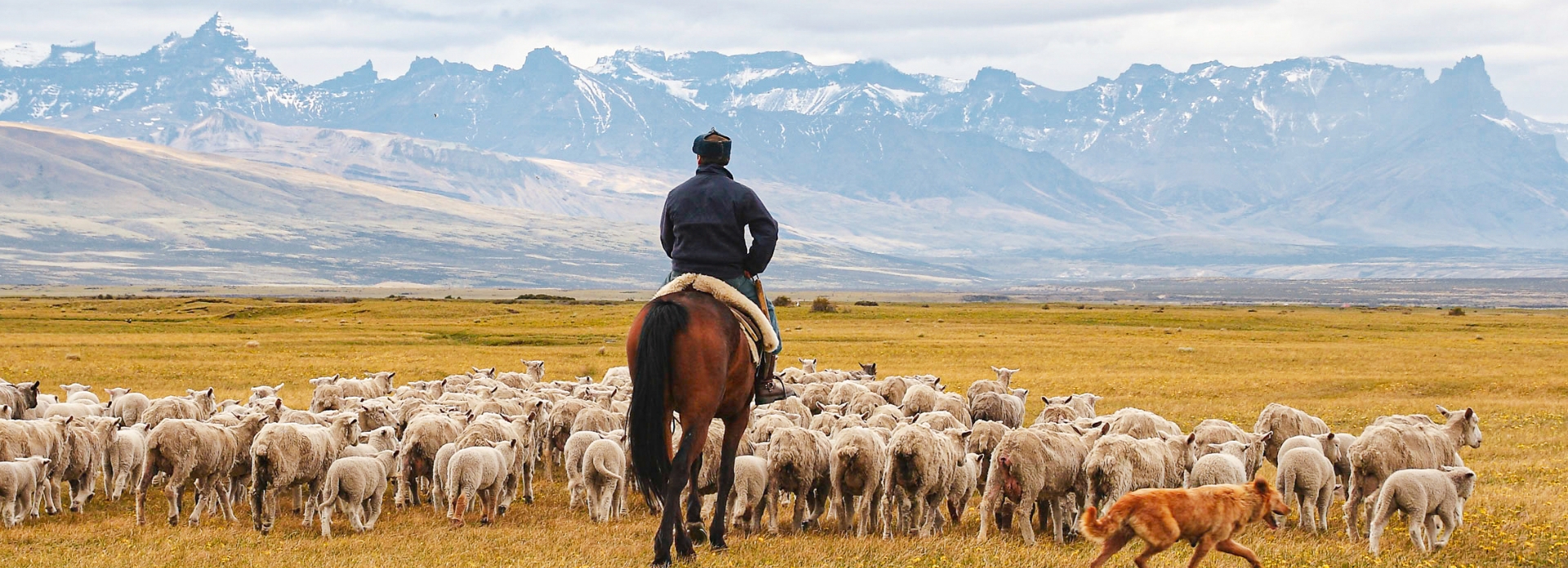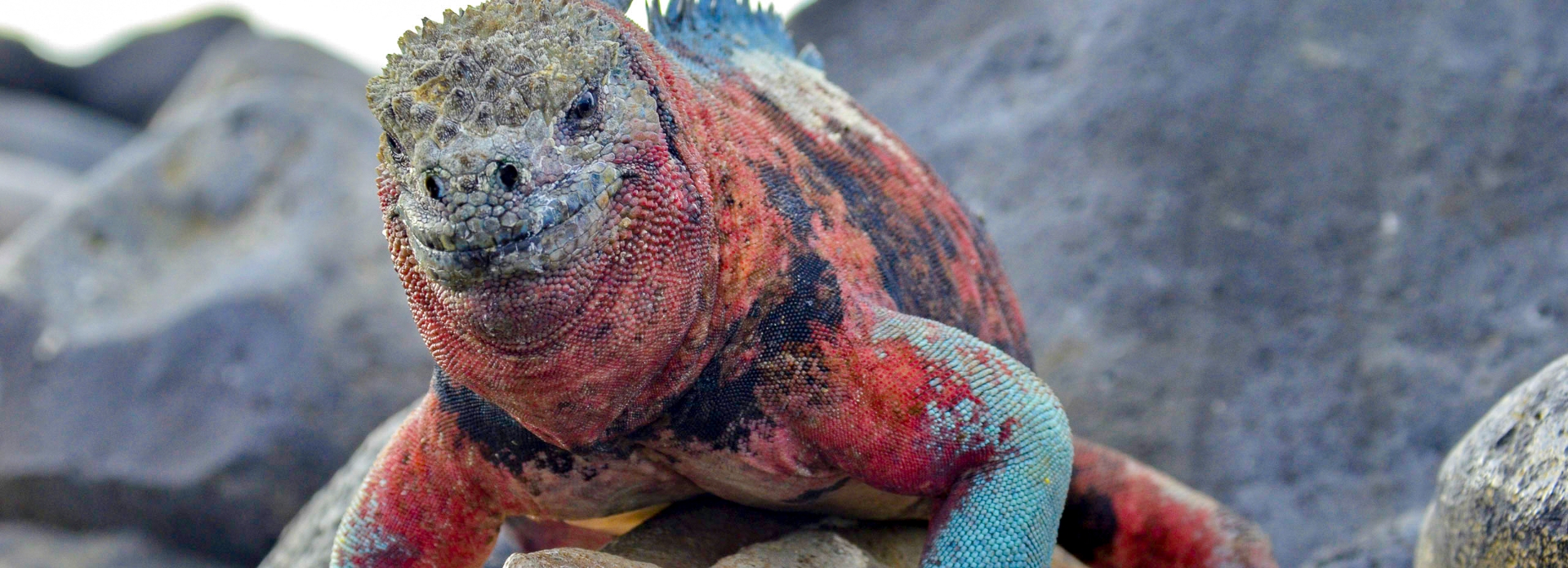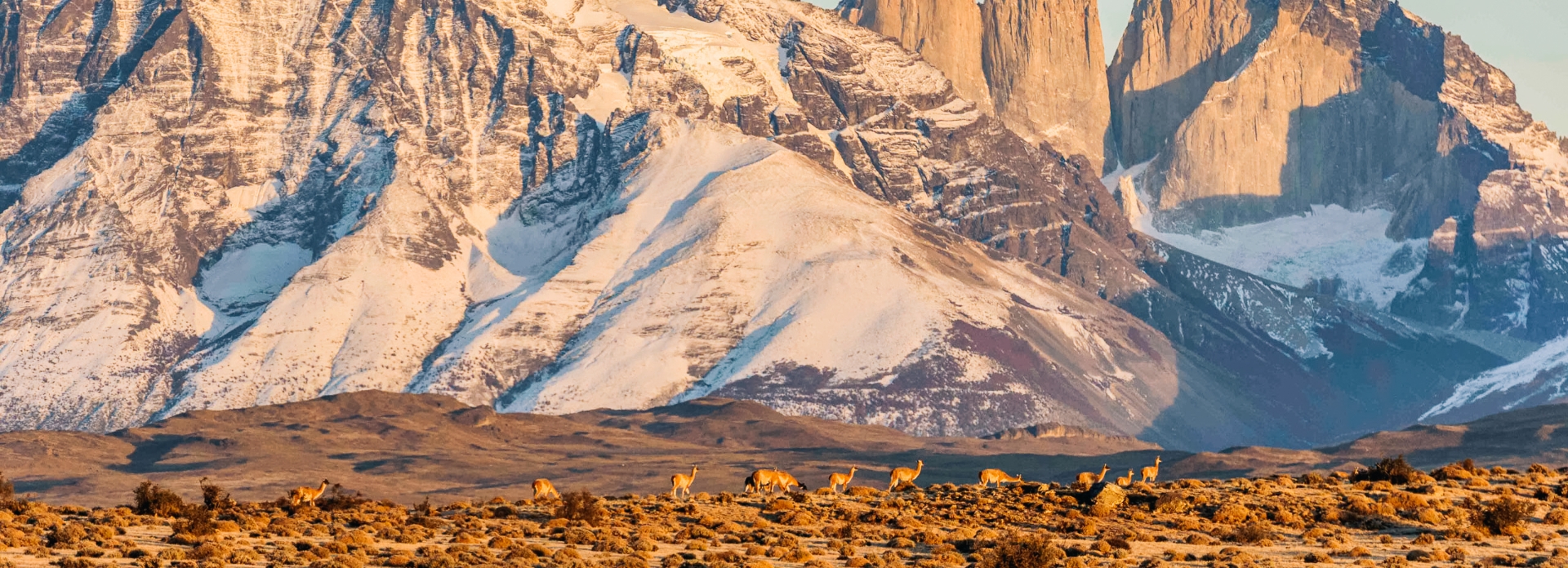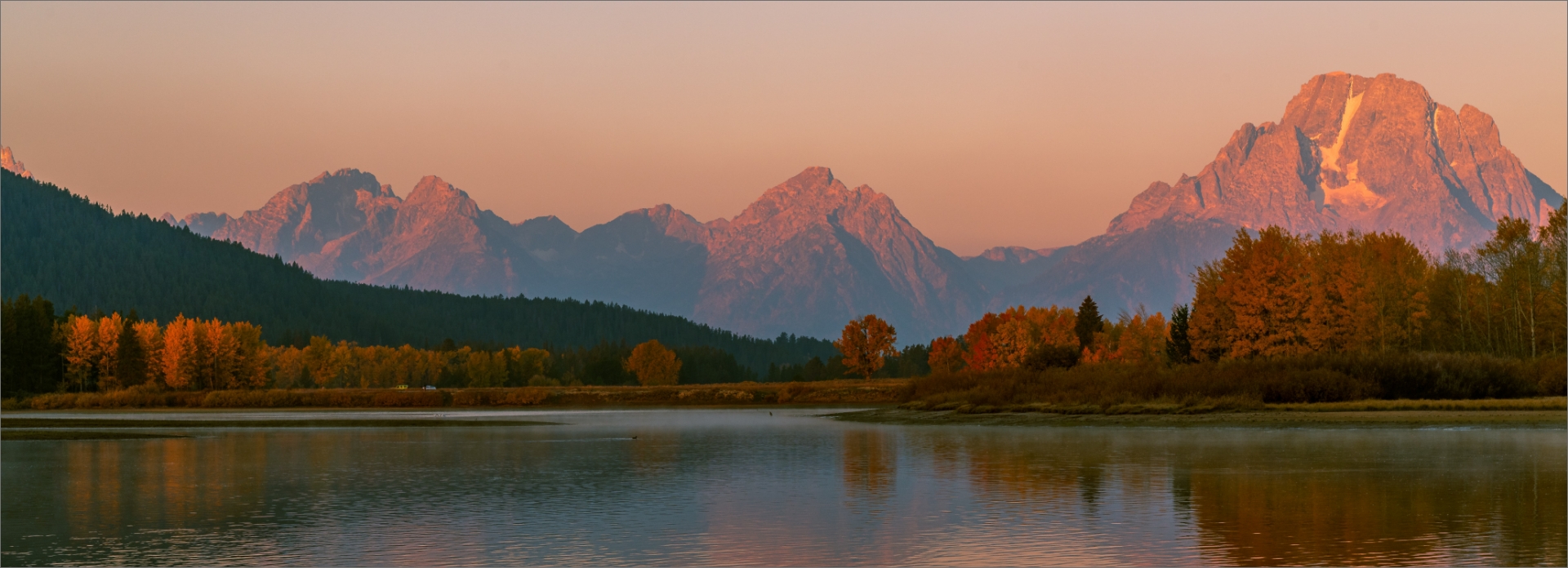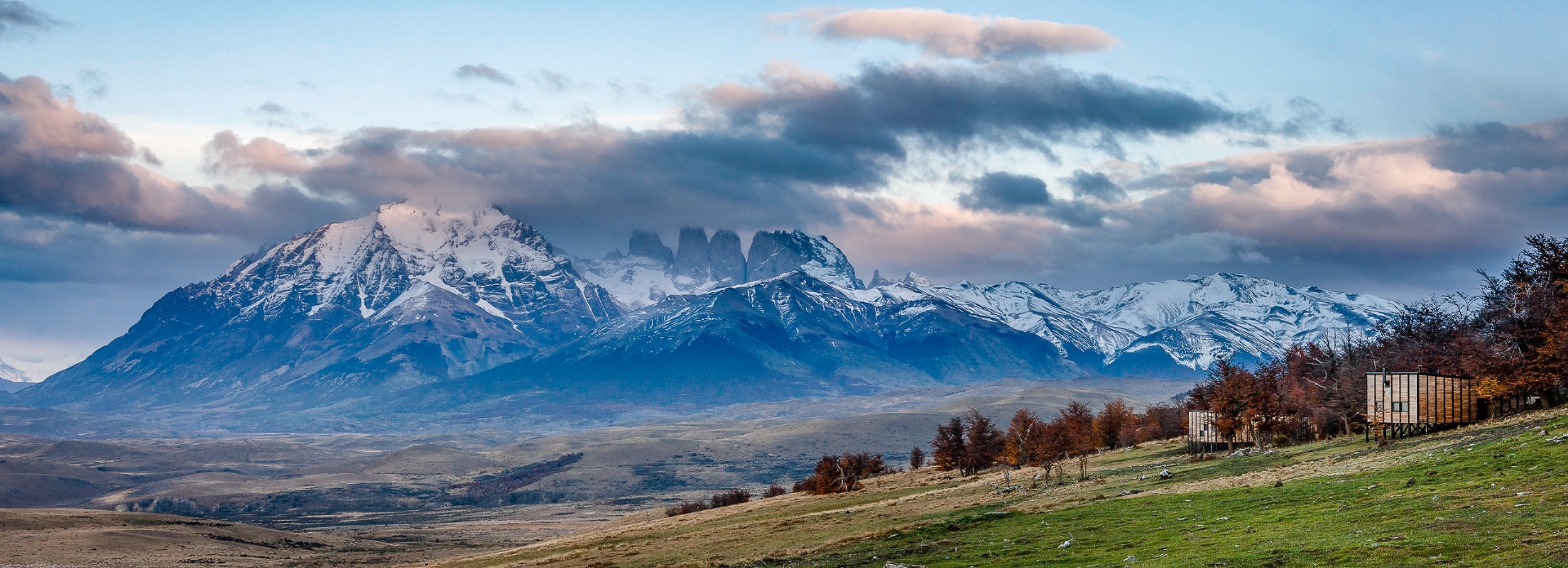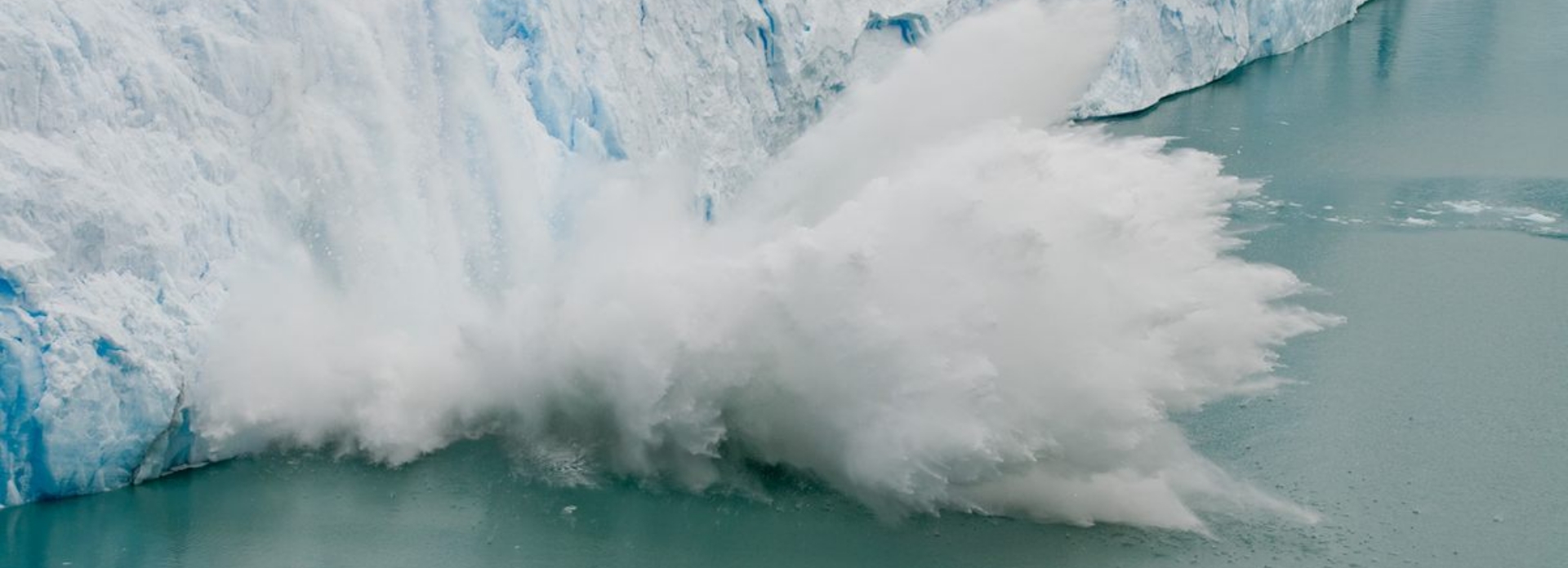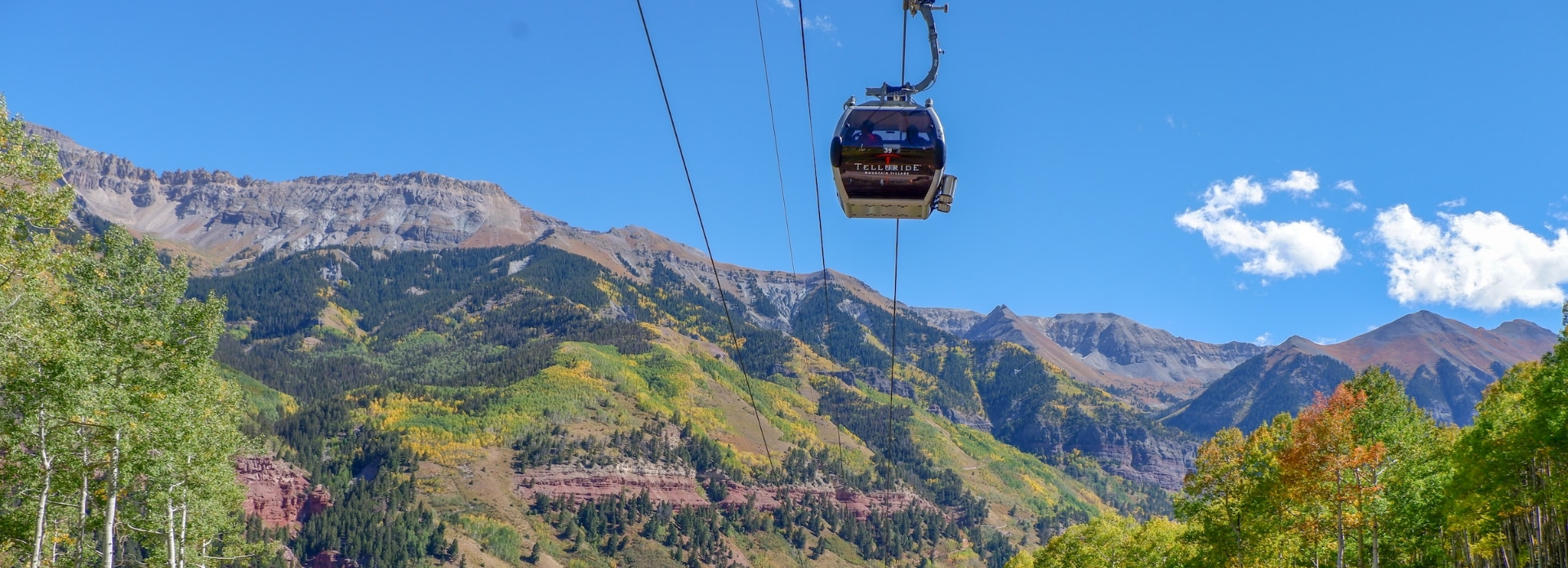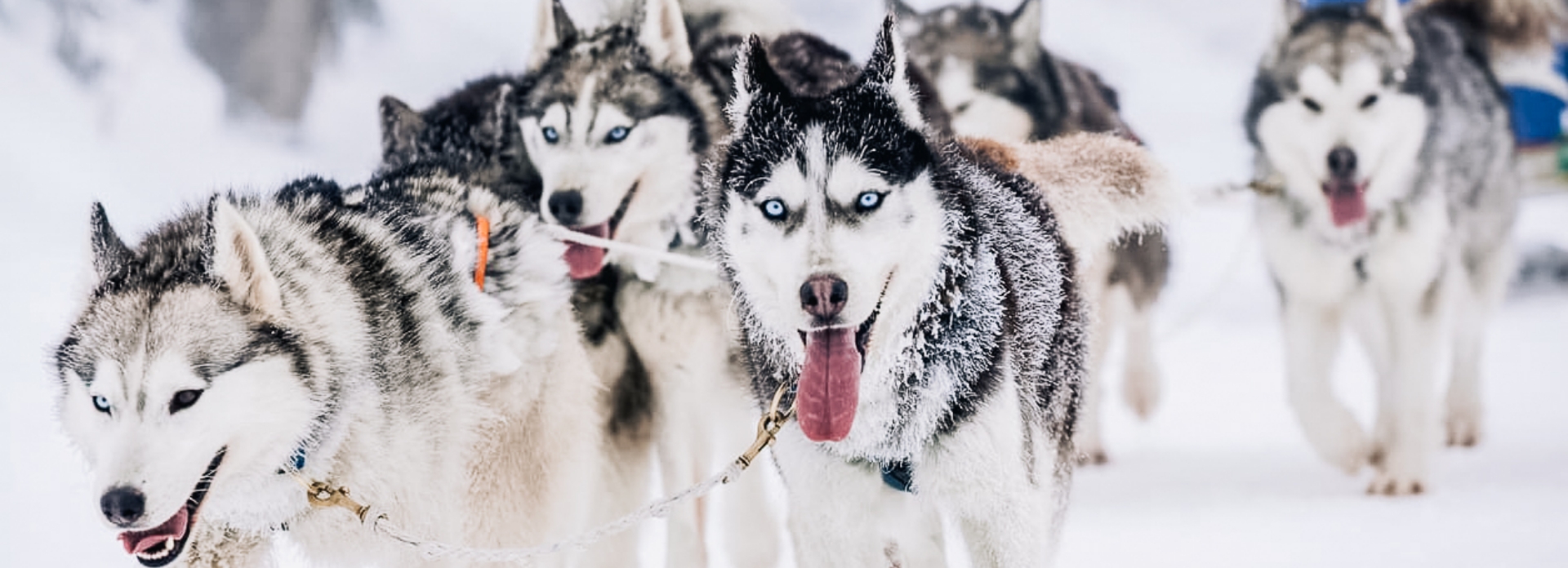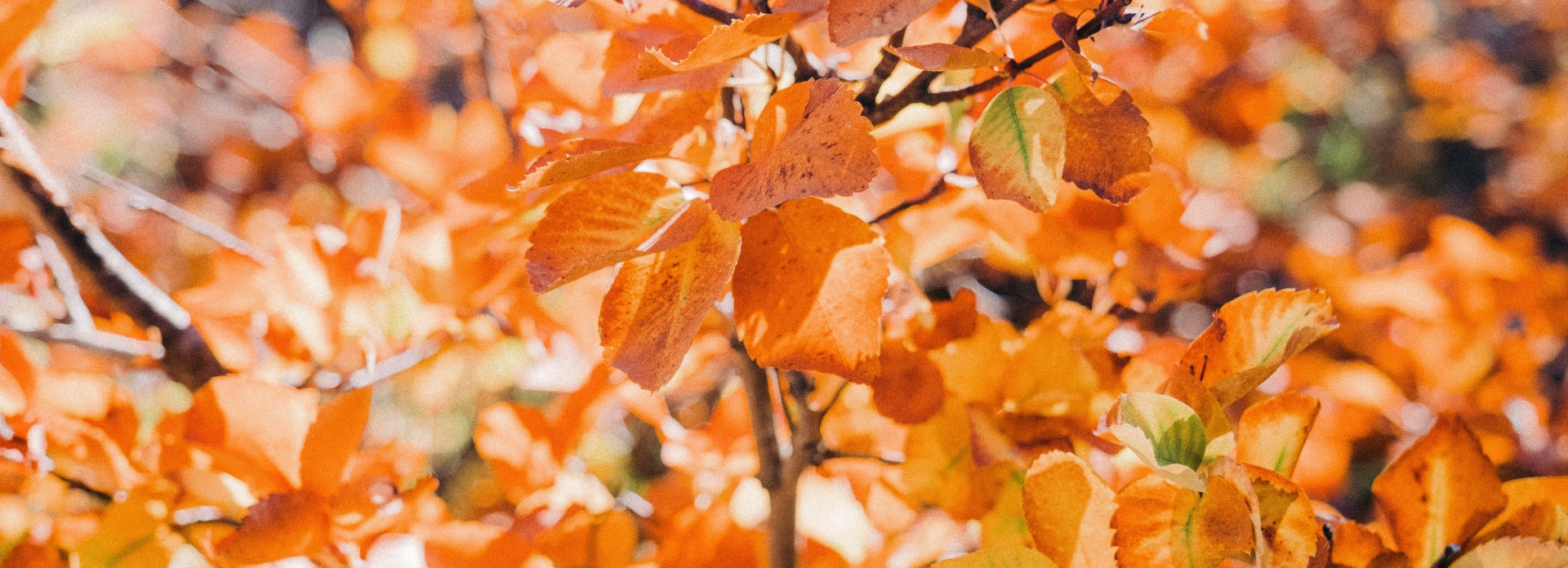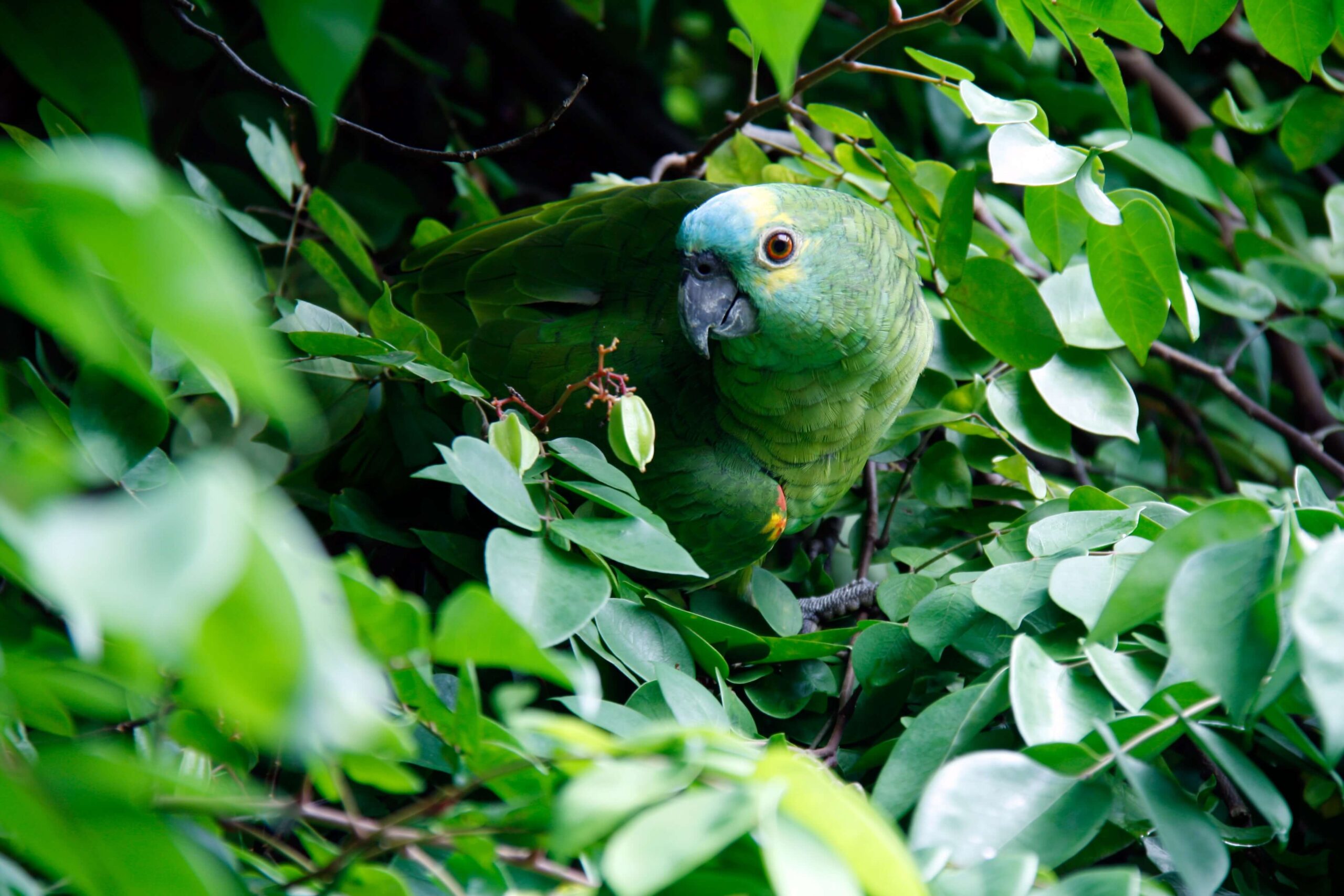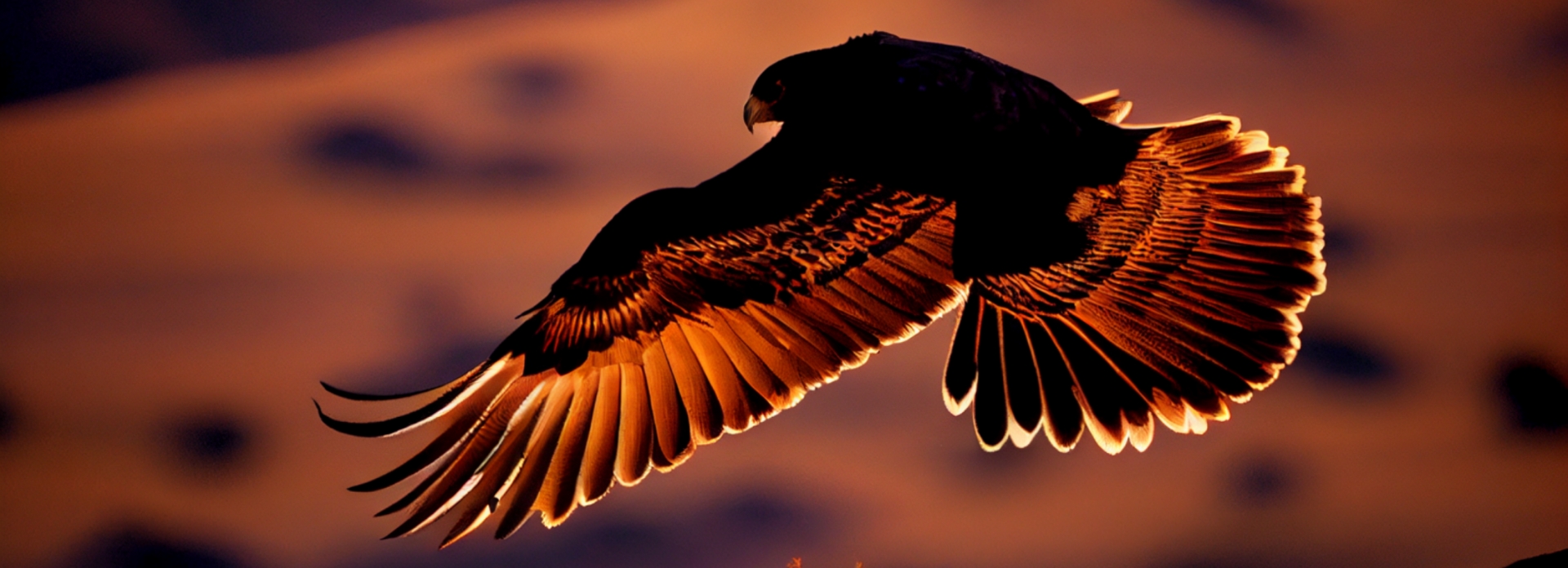Renowned for its beauty, reverence for nature, and communal traditions, Native American culture is respected and admired across the globe. Modern tribe members carry on the legacy of their ancestors by holding powwows that share art, food, and tradition. Hoop dancing is one of the most recognizable forms of Native American dance where the dancers’ feet continuously stomp to the drum beat as they twirl, throw and spin several hoops around their bodies to form images. Hoop dancing is mesmerizing to watch and requires meticulous skill to perform. Fortunately, the hoop dancing tradition has been preserved and passed on to the younger generation.
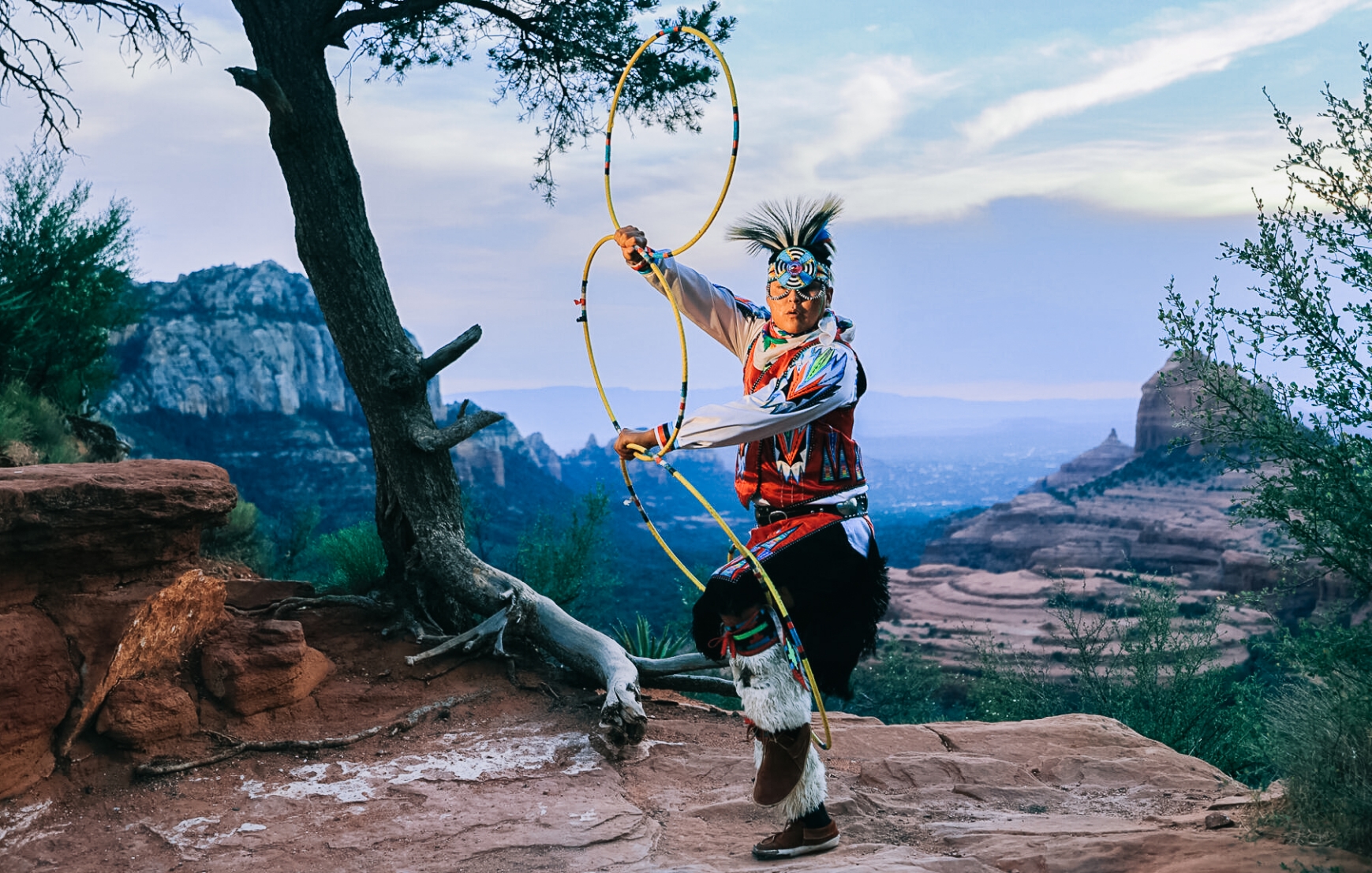
History of Hoop Dance
The exact origins of hoop dancing are debated as many Native American tribes used the hoop in healing ceremonies. The hoop symbolizes the eternal circle of life, the changing seasons and the interconnectedness of the past, present and future. One Native American legend says that the Creator gave a hoop to a dying man for each hoop animal he made. The Lakota had a traditional Rainbow Dance showcasing the Elk Dreamer, who used a hoop to connect the known and unknown parts of the earth and sky.
Although the very first hoop dance is unknown, Tony White Cloud is widely regarded as the father of modern hoop dance. In the 1930s he started using five large willow hoops to fit himself inside and pass over his body. His techniques were showcased at expositions and ceremonials and in movies with Lucille Ball and Gene Autry, becoming the predominant form of hoop dance by the 1950s. Today hoop dance is widely known, and a beautiful way to experience Native American culture.
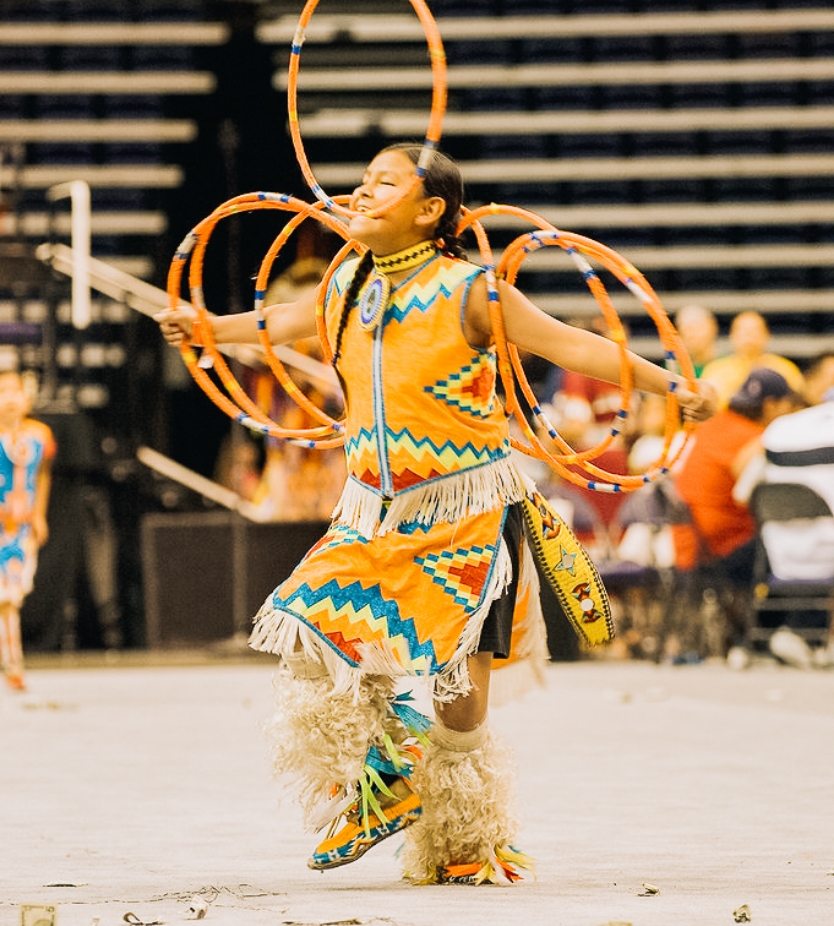
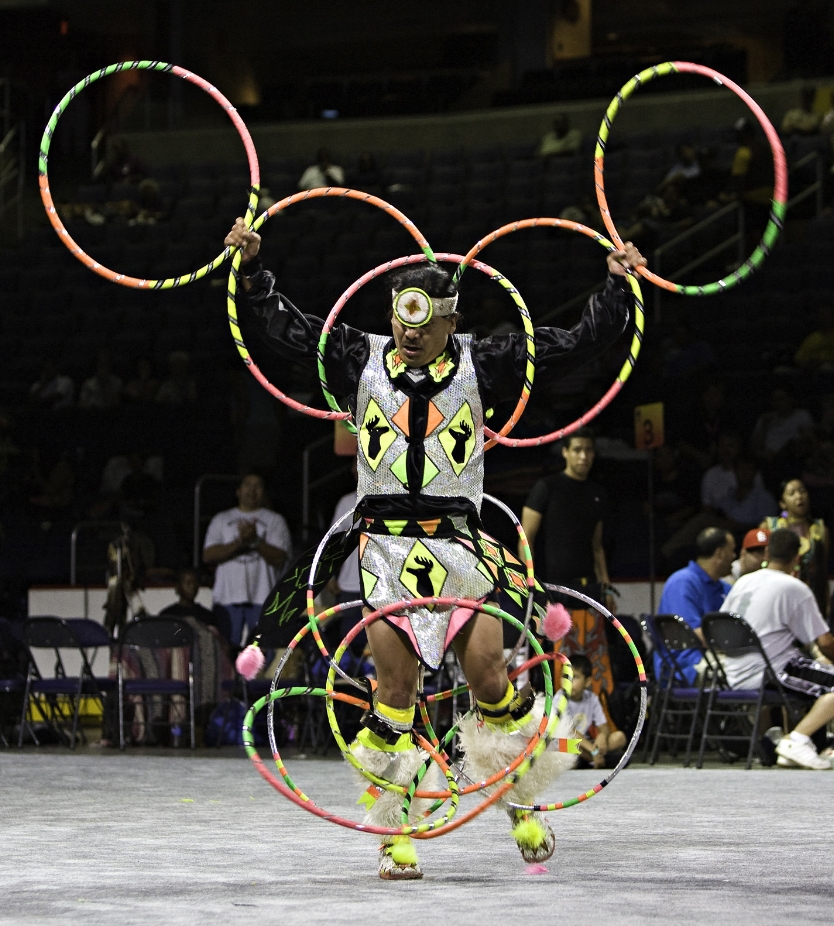
Modern Hoop Dance
Hoop dance has been kept alive through community and competition. The first world championship hoop dance competition was held in 1991 at the New Mexico State Fair. Eventually the competition was moved to the Heard Museum in Arizona so a larger audience could experience Native American culture. There are divisions for children ages five and below and up to 17, to keep the tradition alive with the younger generation. Adults of all genders, ages 18 to over 40, compete together.
Originally, hoops were smaller and made of willow, however, reed and plastic hoops are more commonly used now. Modern hoops are often decorated and marked with symbols signifying the four seasons, directions, and sacred colors. Dancers wear colorful beaded regalia that honors their tribe and sometimes take months to make by hand. Modern hoop dancing continues to elevate the art with inventive designs and footwork. Dancers create their own choreography utilizing time-honored designs such as the eagle, horse, butterfly, and world. While creativity is praised, the competition rules do not encourage incorporating popular dance or crowd interaction into the routines. Dancers are asked to stay true to the sacred roots of Native American hoop dancing and incorporate choreography that highlights the circle of life, nature, and the elements.
Experience Native American Culture
Native American hoop dance began as a healing art, and it continues to deeply touch both performers and audience.
Hoop dance is less about the performers drawing attention to themselves and more about them giving a beautiful gift to those watching. The whirling hoops, precisely balanced to form traditional images, remind the community of the endless circle of life and the interconnectedness of all aspects of nature.
At EXP Journeys, we incorporate the culture behind each destination into your custom itinerary. Contact us today to book your once-in-a-lifetime experience.
